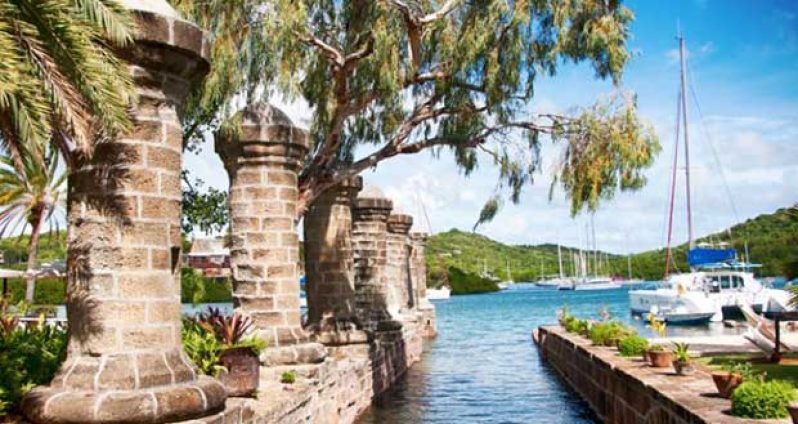(The Telegraph) The publication of the annual list of the latest sites to be granted Unesco World Heritage status always brings with it a few jolts of surprise – and this week’s chorus line of incomparable landmarks, geological wonders and prime slices of the past is no different.

As ever, the run-down splices a few nuggets of recognisable European history (architectural idiosyncrasies designed by Swiss-French visionary Le Corbusier in France, Germany and Belgium; the remains of the ancient city of Philippi in northeastern Greece) with locations which might be described as priceless, worthy or obscure – and perhaps all three together – in countries as diverse as Chad, Sudan, China, Iran, Iraq and Kyrgyzstan.
But the biggest note of the unexpected is sounded by the presence on the list of the Naval Dockyard in Antigua. Not because this British-built port is a dreary or uninspirational place – but because you might well have assumed that it had already received the Unesco rubberstamp. It is, after all, one of the best examples of Britain’s colonial expansion into the turquoise waters of the Caribbean – and the impact this had on its clustered islands.
Unesco comes to the point on this. The site’s inscription bears the necessary asterisk – a reference to the fact that “the construction of the Dockyard by the British Navy would not have been possible without the labour of generations of enslaved Africans since the end of the 18th century.” This is absolutely true – a dark echo of the past which should not be overlooked. But for all this, the Naval Dockyard bookmarks so pertinent a chapter of the planet’s story that you wonder why it has taken until 2016 for it to collect its merit badge.
Its importance is enshrined in the name by which it is generally known – “Nelson’s Dockyard”. The doomed hero of the Battle of Trafalgar was based at the dockyard’s sturdy wharves between 1784 and 1787. Not that he much cared for it. In letters and writings, he referred to his temporary home as, variously, an “infernal hole” and “a vile spot” where he was “most woefully pinched” by mosquitoes.
“I hate the sight of it,” he moaned in 1784 – and it is fair to say that inhabitants of the region felt much the same way about him. Nelson was there to enforce British rules on trade with the newly founded United States (ie there wasn’t meant to be any), and his harassing of merchants made him an unpopular figure. Few would have mourned his promotion and subsequent departure.
But Nelson was only doing his job – from a place which was designed to be a bastion of British authority in a realm of fluctuating fortunes and fragile alliances. The dockyard was (largely) created in the 18th century (between 1728 and the 1790s) as a check-and-balance in the constant struggle with France in the Atlantic – a watchdog with one eye on the Gallic island of Guadeloupe, 60 miles to the south.
It was more than fit for purpose, deliberately positioned midway along Antigua’s south coast, in the narrow bay of “English Harbour” – whose sheltered waves were immune to the worst that the Caribbean hurricane season could throw at them. As they are now. Fast forward to the 21st century, and the dockyard is a hotspot for yachts and their crews – who find as safe a haven here in 2016 as the warships and transatlantic boats of yore enjoyed more than 200 years ago.
The dockyard has changed little in the interim, of course. Abandoned by the navy in 1889, it was left to rot until 1951, when restoration began. Now it is an oasis where you can eat and sleep in style. Not least at The Inn At English Harbour – a luxury retreat slotted into one of old colonial structures. This, certainly, provides the rest and relaxation which Nelson deemed to be so lacking. And even if the Caribbean mosquito is still alive and well, it is doubtful that anyone nowadays would refer to the dockyard as an “infernal hole”. Unesco’s tip of the hat is well judged.




.png)









